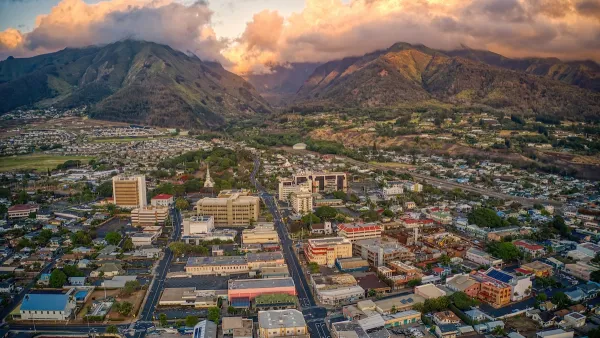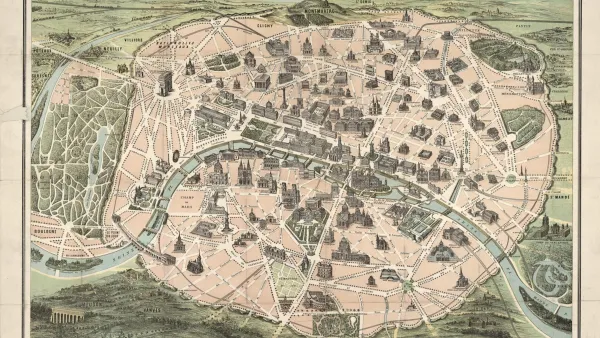New York City's planners are welcoming the news that many of the city's security bollards, planters and Jersey barriers are going to be removed.
"They started appearing on Manhattan streets immediately after September 11: concrete and metal barriers in front of skyscrapers, offices and museums. Some were clunky planters; others were shaped artfully into globes. They were meant to be security barriers against possible car or truck bombers in a jittery city intent on safeguarding itself.
But now, five years later, their numbers have begun to dwindle. After evaluations by the New York Police Department, the city's Department of Transportation has demanded that many of the planters and concrete traffic medians known as jersey barriers be taken away. So far, barriers have been removed at 30 buildings out of an estimated 50 to 70 in the city.
Officials found that the barriers obstructed pedestrian flow - and, in the case of planters, often ended up being used as giant ashtrays. Counterterrorism experts also concluded that in terms of safety, some of the barriers, which building owners put in of their own accord, might do more harm than good.
The city's decision to order the planters removed has been warmly met by urban planners, who viewed the barriers as the height of poor design, especially since their efficacy was questionable in the first place. [But] the removal orders have often elicited chilly reactions from the affected building owners, some of whom paid $50,000 to $100,000 to install the planters. Removing planters could cost up to $10,000 per site, one owner said."
FULL STORY: Security Barriers of New York Are Removed

Maui's Vacation Rental Debate Turns Ugly
Verbal attacks, misinformation campaigns and fistfights plague a high-stakes debate to convert thousands of vacation rentals into long-term housing.

Planetizen Federal Action Tracker
A weekly monitor of how Trump’s orders and actions are impacting planners and planning in America.

In Urban Planning, AI Prompting Could be the New Design Thinking
Creativity has long been key to great urban design. What if we see AI as our new creative partner?

San Francisco Mayor Backtracks on Homelessness Goal
Mayor Dan Lurie ran on a promise to build 1,500 additional shelter beds in the city, complete with supportive services. Now, his office says they are “shifting strategy” to focus on prevention and mental health treatment.

How Trump's HUD Budget Proposal Would Harm Homelessness Response
Experts say the change to the HUD budget would make it more difficult to identify people who are homeless and connect them with services, and to prevent homelessness.

The Vast Potential of the Right-of-Way
One writer argues that the space between two building faces is the most important element of the built environment.
Urban Design for Planners 1: Software Tools
This six-course series explores essential urban design concepts using open source software and equips planners with the tools they need to participate fully in the urban design process.
Planning for Universal Design
Learn the tools for implementing Universal Design in planning regulations.
Gallatin County Department of Planning & Community Development
Heyer Gruel & Associates PA
JM Goldson LLC
Mpact (founded as Rail~Volution)
City of Camden Redevelopment Agency
City of Astoria
Jefferson Parish Government
Camden Redevelopment Agency
City of Claremont


























